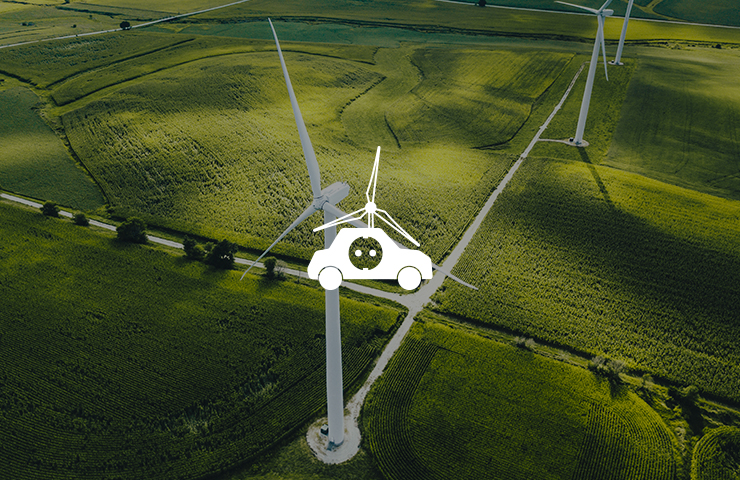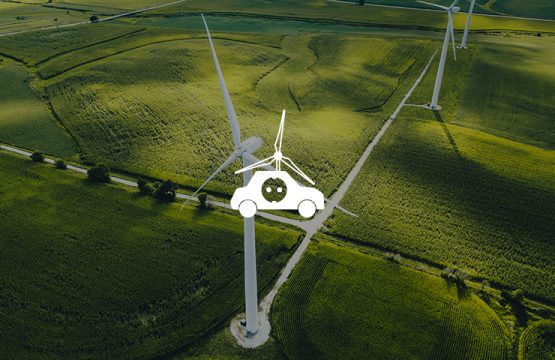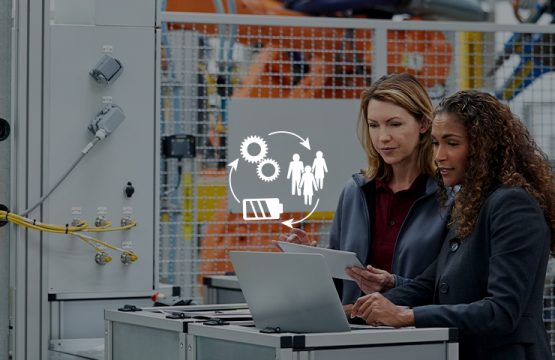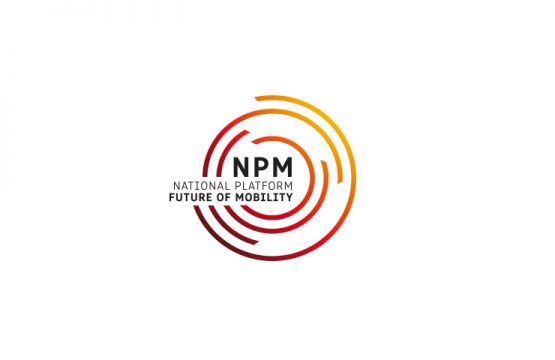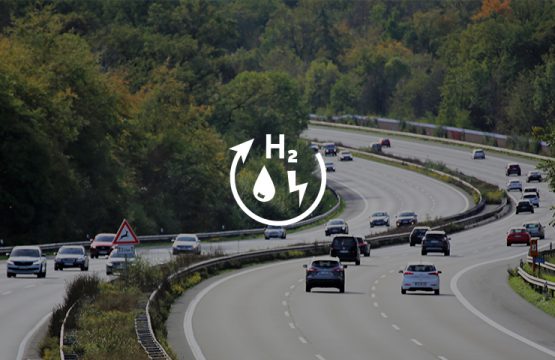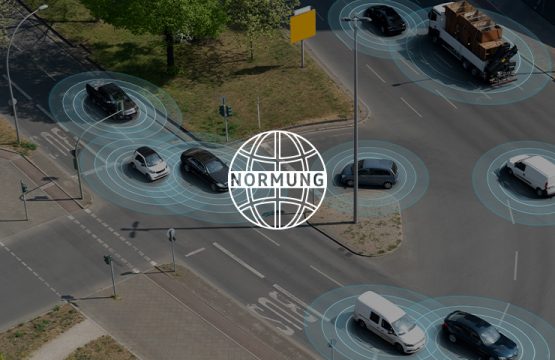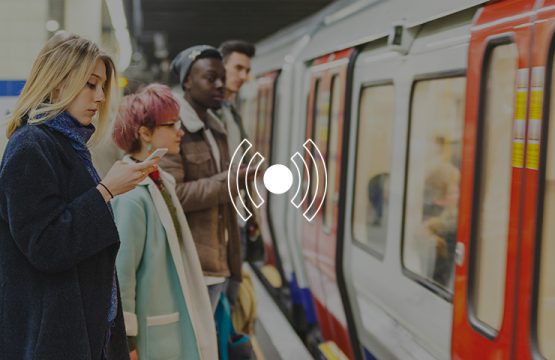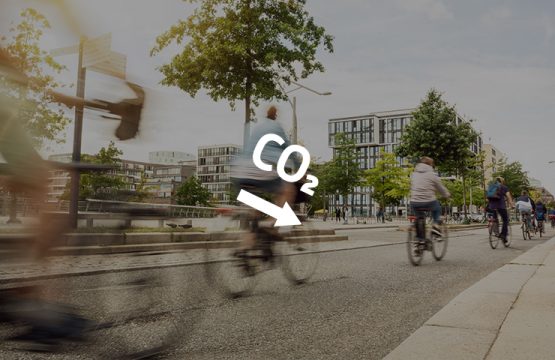With the switch to alternative drive technologies and fuels, the energy and transport sectors are becoming increasingly intertwined. In order for this sector integration to be a success and to achieve the set climate targets, charging infrastructure and grid expansion, the development of new services and products as well as the increasing demand for renewable energy in transport are crucial factors. Two new reports published by WG (Working Group) 5 Connecting mobility and energy networks, sector integration consider the questions of how great the demand for electricity in transport could actually be by 2030 and what the prerequisites are for the development of a hydrogen fuelling infrastructure. The WG further presents a final report containing its key results from three years of work within NPM.
WG 5 final report:
Key results and recommendations – Achievements and open questions
Sector integration is an important prerequisite for successful transport transition; kilowatt hours (kWh) will be the new measuring unit in transport. Over the past three years, WG 5 has been examining central questions around charging, refuelling, grid and production infrastructures for alternative drive systems and energy sources and has developed action points and recommendations with political decision-makers in mind. The work was aimed at needs-based, viable and user-oriented infrastructure development in particular. Many of the measures developed have been implemented by the relevant stakeholders during the current parliament.
Apart from these achievements, some points remain open which, according to WG 5, are fundamental for a successful transport transition:
• Avoiding a system of permanent subsidies for public charging infrastructure by distinguishing between an initial phase to build up coverage and a subsequent, market-driven scaling-up phase.
• Developing concepts for an intelligent integration of e-vehicles into the grid.
• Supporting digitalisation of electric mobility and going forward, a focus on web-based payment systems to avoid excluding innovative payment providers from the market.
• Beyond the quick charging act: creating additional land potential, especially for electric HGVs, by opening up commercially unused lay-bys along German motorways.
• Harmonising the term “end user” between the Energy Industry Act (EnWG) and the Renewable Energy Sources Act (EEG).
• Increasing electric efficiency of plug-in hybrids by improving electric ranges and charging output (11 kW, three-phase).
Report: Impact of sector integration on energy use – energy needs
Switching to electricity-based drives and fuels is closely linked with a systemic integration of the transport and energy sectors (sector integration). Based on the forecasts of the NPM’s WG 1 Transport and climate change and WG 2 Alternative drive technologies and fuels, WG 5 calculated the resulting energy needs for transport in 2030.
All three mobility areas – electricity to fuel battery-electric vehicles incl. overhead line-hybrid HGVs, hydrogen and electricity-based fuels (Power to Liquid, PtL) – have an annual electricity need of 105.5 TWh. This is equivalent to approx. 20 percent of the current energy consumption in Germany or 40 percent of today’s electricity production from renewable energy sources in Germany (BDEW 2021). This compares to the (net) electricity export from Germany of around 20 TWh in 2020. The largest amount of electricity will be required to power vehicles and is based on vehicle numbers which are expected to be very high (69.4 TWh). With 17.5 TWh and 18.5TWh respectively, the need related to hydrogen and PtL is roughly equal.
With a view to achieving the climate targets for 2030 and beyond, all three technologies or fuel types, i. e. battery-electric drives, fuel cell drives and PtL, will be needed. At the same time, it is important that renewable electricity is used as efficiently as possible, and that consideration is given to the differing requirements in transport (road vs. air transport). In order to make the switch to alternative drive technologies and fuels a success story, WG 5 has come up with some key recommendations for action. This includes a swift expansion of renewable energies to increase the share of green electricity as part of the electricity mix, resilient, timely decision pathways especially in heavy goods traffic on the basis of clean room meetings, as well as ensuring an efficient grid.
Report: Infrastructure for hydrogen mobility (in road transport)
Hydrogen, a suitable complement to other alternative drive technologies, is seen as one of the key solutions in the quest to achieving climate targets, not only in transport. Fuel cell vehicles are especially pertinent in areas requiring long ranges or heavy loads. Therefore, potential markets are long-distance traffic on road and rail, as well as sea and air transport. In order to use hydrogen in road transport, needs-based fuel supply and refuelling infrastructures are required. There are currently more than 90 hydrogen fuel stations in Germany which are so far mainly geared towards refuelling cars. To use hydrogen in heavy commercial vehicles, infrastructure development needs to be adapted accordingly. Contrary to cars which are fuelled using gaseous hydrogen at a pressure of 700 bar, no refuelling standard has been set for heave goods vehicles. These can be filled at 350 bar or even using liquid hydrogen. From an infrastructure perspective, prompt harmonisation would be welcome to avoid retrofitting or stranded investments.
The report focusses on the supply options via hydrogen trailers or hydrogen pipelines. With regard to the latter option, synergies are likely to develop as a result of the planned development of hydrogen infrastructure for industrial applications and the repurposing of gas pipelines to carry hydrogen. The report recommends boosting the ramp-up of fuel cell vehicles. In the long run, this is the only way towards sustainable, i. e. profitable, operation of the respective infrastructure. In order to ensure needs-based development of refuelling infrastructure, more knowledge of vehicle design and standards is required. A clean-room process with vehicle manufacturers or an expression-of-interest procedure are highly recommended.
All three reports are now available to download on www.plattform-zukunft-mobilitaet.de/berichte/ (in German).
About NPM – National Platform Future of Mobility
The National Platform Future of Mobility brings together experts in the fields of politics, the private sector, associations, research institutes and NGOs to develop visions for sustainable, environment- and climate-friendly, affordable and competitive mobility in Germany. Presided by Prof. Dr. Henning Kagermann, six working groups develop intermodal guidance to politicians, businesses and society in a technologically-neutral way.
Contact:
Alexandra Huß
Communication advisor
Office of the Chairman of National Platform Future of Mobility
huss@acatech.de
+49 (0)30 / 206 30 96 86
+49 (0)160 / 714 93 25
